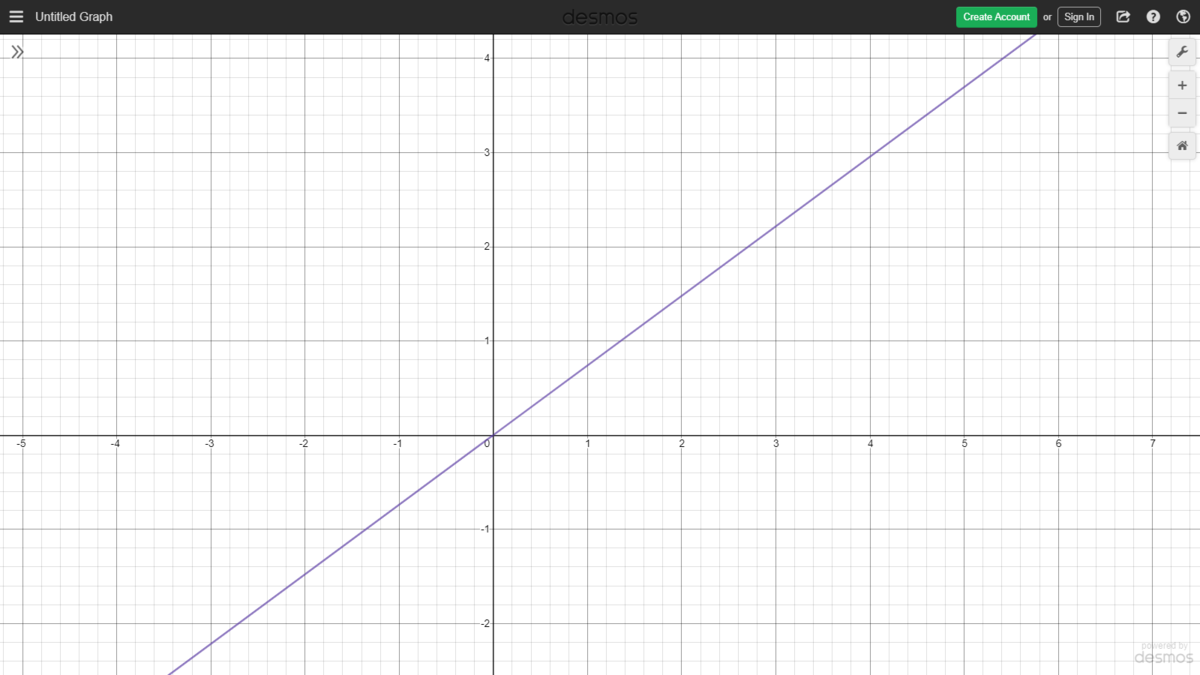Dotted?
∫ 0 1 x cos ( cos ( cos ( cos ( . . . . ( x ) ) ) ) ) d x
If the value of the above integral is α then find the value of ⌊ 1 0 3 α ⌋
Note
- The integral has infinitely many nested cosines
- ⌊ ⋅ ⌋ denotes the floor function .
The answer is 369.
This section requires Javascript.
You are seeing this because something didn't load right. We suggest you, (a) try
refreshing the page, (b) enabling javascript if it is disabled on your browser and,
finally, (c)
loading the
non-javascript version of this page
. We're sorry about the hassle.
3 solutions
Note: The justification of the first step needs to explain why we have a pointwise (or maybe even uniform) convergence. Though, to a slight extent, this was assumed in the problem statement.
not good we want full answer
First step is to write an equation for the nested function. To do this we will set up the equation:
x cos ( cos ( cos ( . . . x ) ) ) = y
Then we can manipulate the equation to get:
cos ( cos ( cos ( . . . x ) ) ) = x y
Notice that the nested cosines inside of the first cosine equals x y . So we can substitute the nested cosines for x y . So the equation becomes
cos x y = x y
When we graph this equation in desmos it looks like this:

Notice that the graph is a straight line. To approximate the slope of the equation, we can zoom into the graph when x = 1 and find the value of y at that point. When we do this, we find that the slope of the line is approximately 0 . 7 3 9 0 8 5 .
This means that ∫ 0 1 0 . 7 3 9 0 8 5 x d x ≈ ∫ 0 1 x cos ( cos ( cos ( . . . x ) ) ) . When we evaluate the integral we get that a ≈ ∫ 0 1 0 . 7 3 9 0 8 5 x = 0 . 3 6 9 5 4 2 5
When we plug the value of a into ⌊ 1 0 3 a ⌋ , we get 369.
So our answer is 369 .
Note:
In my original answer, I graphed the function inside of the integral in desmos to prove that it was a linear function and find its slope. However, we can prove that the function is linear in a more formal and maybe better way. In the original answer, we found that the function that was equivalent to the function inside of the integral was:
cos x y = x y
We can substitute x y for u .
The equation becomes cos ( u ) = u .
When we do this we realize that the value of u is the Dottie Number .
This means that u = x y ≈ 0 . 7 3 9 0 8 5 .
Notice that x y is constant meaning that the function inside of the integral is a linear function with a y-intercept of 0 and an approximate slope of 0 . 7 3 9 0 8 5 . So the integral becomes ∫ 0 1 0 . 7 3 9 0 8 5 x d x . When we evaluate this integral and plug it in into ⌊ 1 0 3 a ⌋ , we get 369.
This is not a proof. I note the following ∫ 0 1 x d x ⇒ 2 1 . And, that ∫ 0 1 x cos ( cos ( . . . ( cos ( cos ( x ) ) ) ) ) d x appears to limit as the number of cosine functions goes to ∞ to the Dottie number which appears to be double the answer to this problem. The Dottie number does not appear to have a closed form.
[ x ] usually means round to closest integer, with some ambiguity of how to handle 2 1 : always greater magnitude, always lesser magnitude, towards + ∞ , towards − ∞ , to the adjacent even or odd integer, etc.
⌊ x ⌋ usually means the floor function.
I think that the question statement is now edited by someone..........Although, I HAD mentioned in the note that the square brackets denoted the Floor Function in this question......
Log in to reply
Please use standard notation in the problem.
IE You don't want to see a problem where it asks you to find the value of [1+1], and see in the appendix that [ ] denotes the number of robots in the singularity uprising.
Log in to reply
Point noted Sir......I will take care in future....
α = ∫ 0 1 x cos ( cos ( cos ( ⋯ x ) ) ) d x ≈ ∫ 0 1 0 . 7 3 9 0 9 x d x = 2 0 . 7 3 9 0 9 x 2 ∣ ∣ ∣ ∣ 0 1 = 0 . 3 6 9 5 4 5 Let y = cos ( cos ( cos ( ⋯ x ) ) ) ⟹ y = cos y ≈ 0 . 7 3 9 0 9
Therefore, ⌊ 1 0 3 α ⌋ = 3 6 9 .